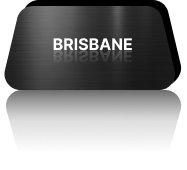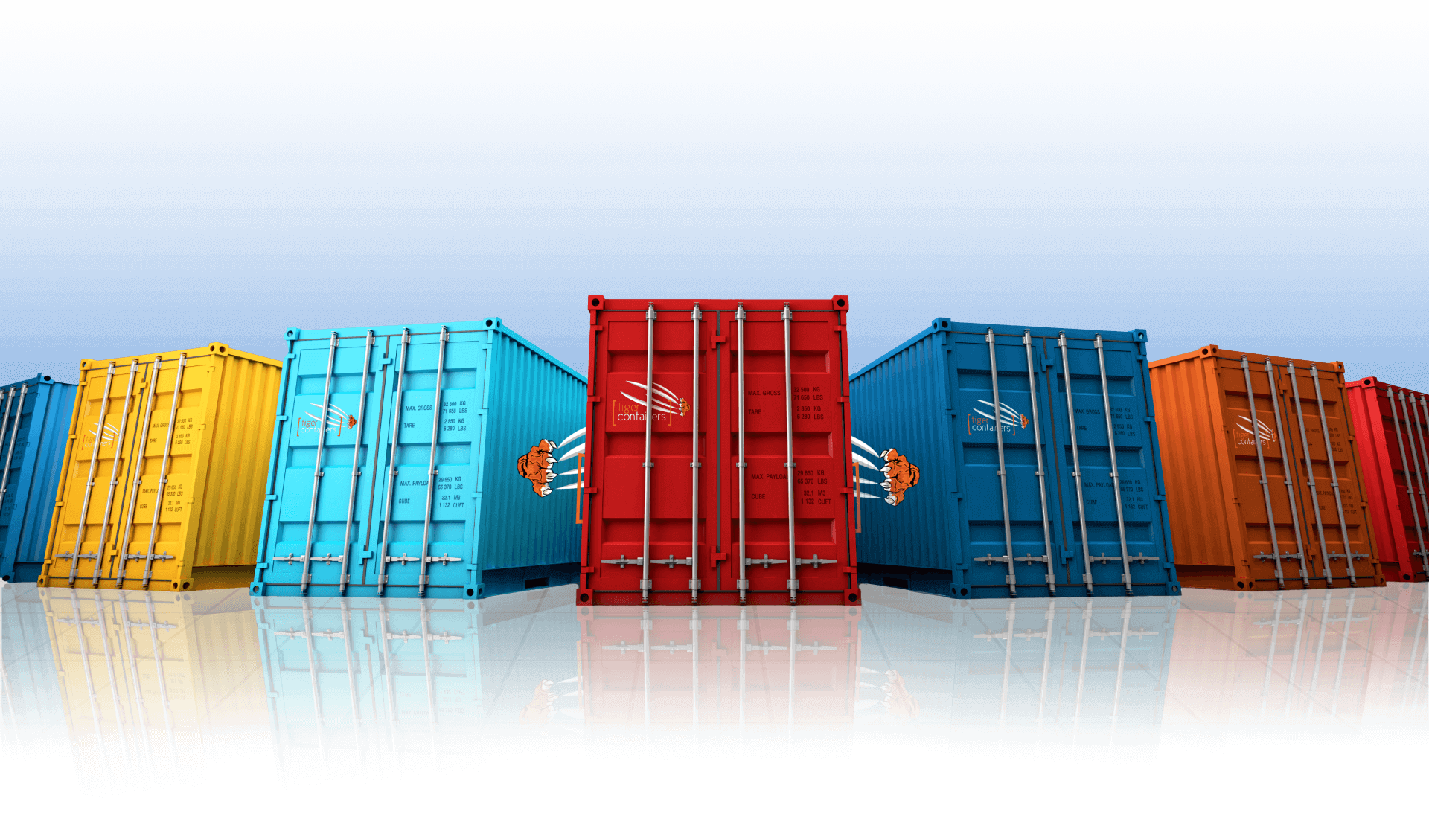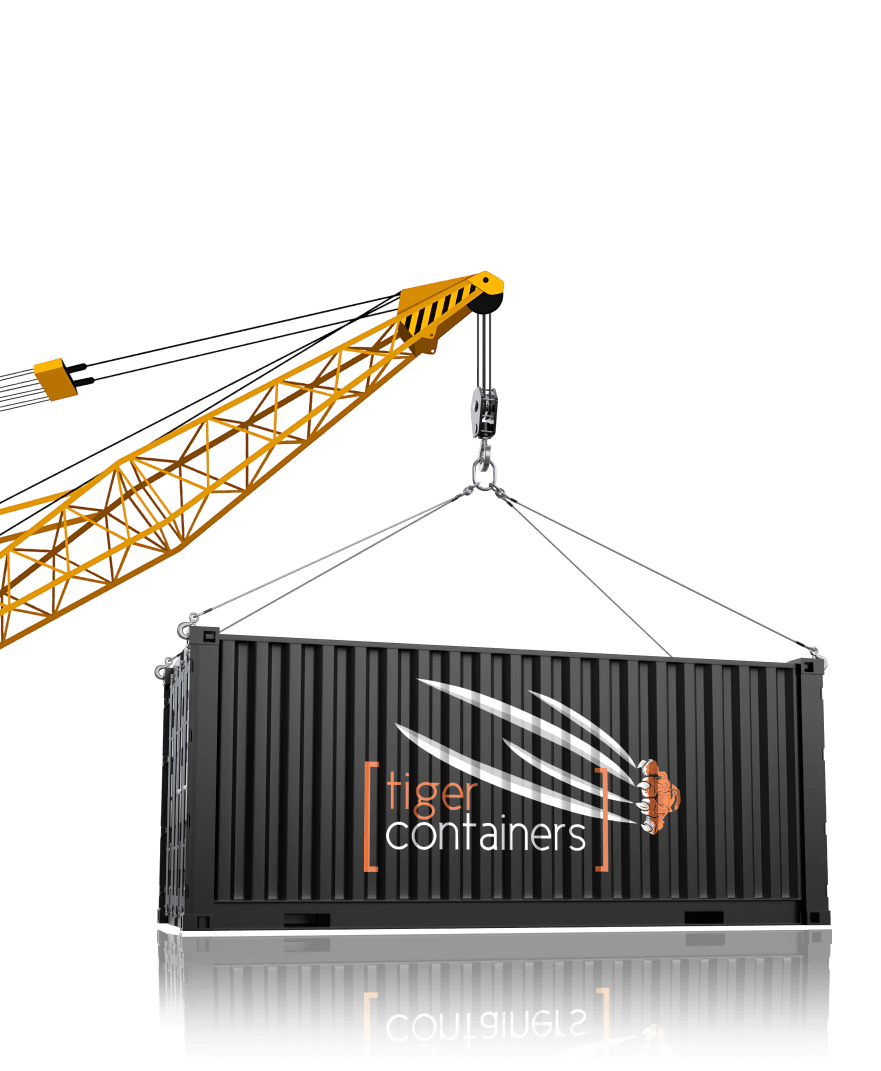Let’s take a closer look at the anatomy of the shipping container and the important parts that comprise its make up.
Shipping containers are made up of a number of important parts, some of which vary a little depending on the job the container was designed for. Example being that a refrigerated container is going to be somewhat different than a stock standard cargo container.
Although there’s not a lot to a shipping container compared to more intricate structures, it’s still worth taking note of the basics, including what they are made of.
THE ROOF OF A SHIPPING CONTAINER
Shipping containers are designed to be extremely rigid structures. They have to be able to carry their payloads and also to withstand the rigours of constantly being moved about, as well as the dynamics of being at sea for extended periods.
One of the most important components of a container is the roof. It needs to be just as strong and durable as the rest of the container. There can be no weak links.
Made from sheets of steel with a corrugated profile for added strength and stability, the roof not only protects the contents within but also bears the brunt of the hot sun and helps hold the entire container together.
There are open-top containers for extra tall cargo and anything that needs to be loaded by crane, but the vast majority of shipping containers are covered with a steel roof.
THE SIDE WALLS
The side walls are also made of the same corrugated steel as the roof. Basically, the roof and side walls are identical in most shipping containers.
When it comes to damage on shipping containers, it’s usually the walls that take the brunt of impacts and end up with cracks or dents. Containers are very strong, but they’re not unbreakable. The walls can also be prone to rusting near the top and bottom along the seams.
The majority of containers have two solid sidewalls, but there is also the side loading container, where one wall is split into two extra wide doors for easy loading of bulky items.
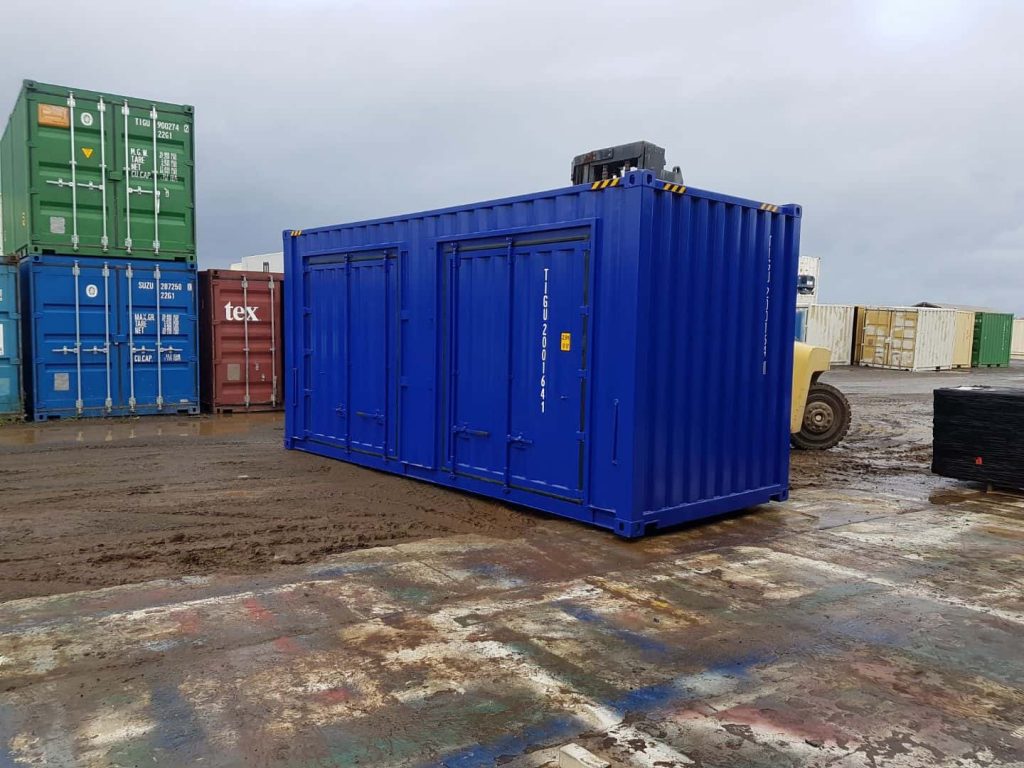
THE CONTAINER FLOOR
Shipping container floors are constructed of steel cross members covered with one inch, marine-grade plywood floor. These floors are very strong and also designed to be watertight and airtight.
Plywood floors make moving things about inside the container easier and less abrasive to the contents within. The floors are so strong that even a small forklift can drive in and out of the container without damaging the floor.
As an example of just how strong both the floor and the entire shipping container is, a standard 20-foot container weighs about 5000 pounds, yet it can take a payload of up to 62,000 pounds.
Just about all modern shipping containers will have slots beneath the floor for the tynes of forklifts. These are known as forklift pockets, making it far easier to be able to move the containers around, as well as load and unload them onto trucks.
SHIPPING CONTAINER DOORS
Almost all shipping containers have twin doors on one end that open outwards to 270 degrees for easy access, loading and unloading. These doors are made from the same super-strength steel as the rest of the container.
The doors seal shut thanks to rubber seals and gaskets, keeping them air and watertight, as well as preventing dust and vermin from getting inside and spoiling the contents being stored or transported.
Lock rods, cam keepers and handles secure the container doors (also known as locking bars), with the mechanisms being similar to those found on the rear doors of commercial trucks.
Container doors can also be fitted with a lockbox, which is a metal housing that surrounds the padlock, making it extremely difficult for a thief to be able to cut or saw through the lock.
The opposite end of the container has no doors and is known as the front wall panel.
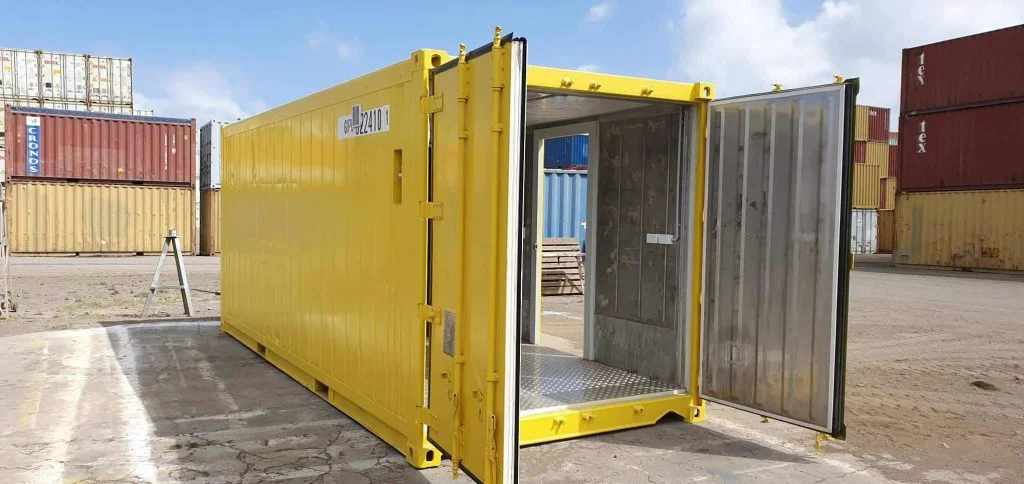
THE SHIPPING CONTAINER FRAMEWORK
The framework of a shipping container is very basic compared to something like a building, but the framing also forms an integral part of the overall structure, ensuring rigidity, strength and no chance of bowing.
Let’s list the basic parts of a container’s frame:
- Top rails
- Bottom rails
- Front header
- Rear header
- Side posts
- Front corner posts
- Rear corner posts
- Corner casting
- Cross members (floor)
All parts of the framework are made of steel.
REFRIGERATED (OR REEFER) SHIPPING CONTAINERS
For starters, this type of containers anatomy is insulated to ensure the internal temperature can be regulated. Refrigerated containers are often referred to as reefer containers, and are used to store and transport temperature-sensitive, perishable goods.
Reefers can operate like a fridge or a freezer, and the temperature is controlled by a variable thermostat. Naturally, a refrigerated container will have a refrigeration unit attached to it. This unit is built into the end opposite to the end with the doors.
Some components that make up the refrigeration process include:
- Temperature logger
- Return air sensor
- Supply air sensor
- Humidity sensor
- Fresh air vent
- Evaporator
- Condenser unit
The standard sizes for refrigerated containers are 20 foot and 40 foot. Next to the regular container, reefers are one of the more common shipping containers.

THE CSC PLATE
The shipping container CSC plate is attached to one of the doors on the outside and is similar to the compliance plate you’ll find in the engine bay of your car.
These plates are affixed to the container at the time of manufacture and it basically stipulates that the container meets the required standards for the service it was designed for.
Special types of shipping containers – such as those built for transporting dangerous goods – will have a CSC plate stipulating that the container meets those strict standards.
THE TAKEAWAY
That’s the basic anatomy of the standard shipping container and reefer container, the two most common forms of the container in use. Shipping containers designed for specialised purposes will have other components, but for the most part, they’ll contain the parts that are covered in this post as well.








